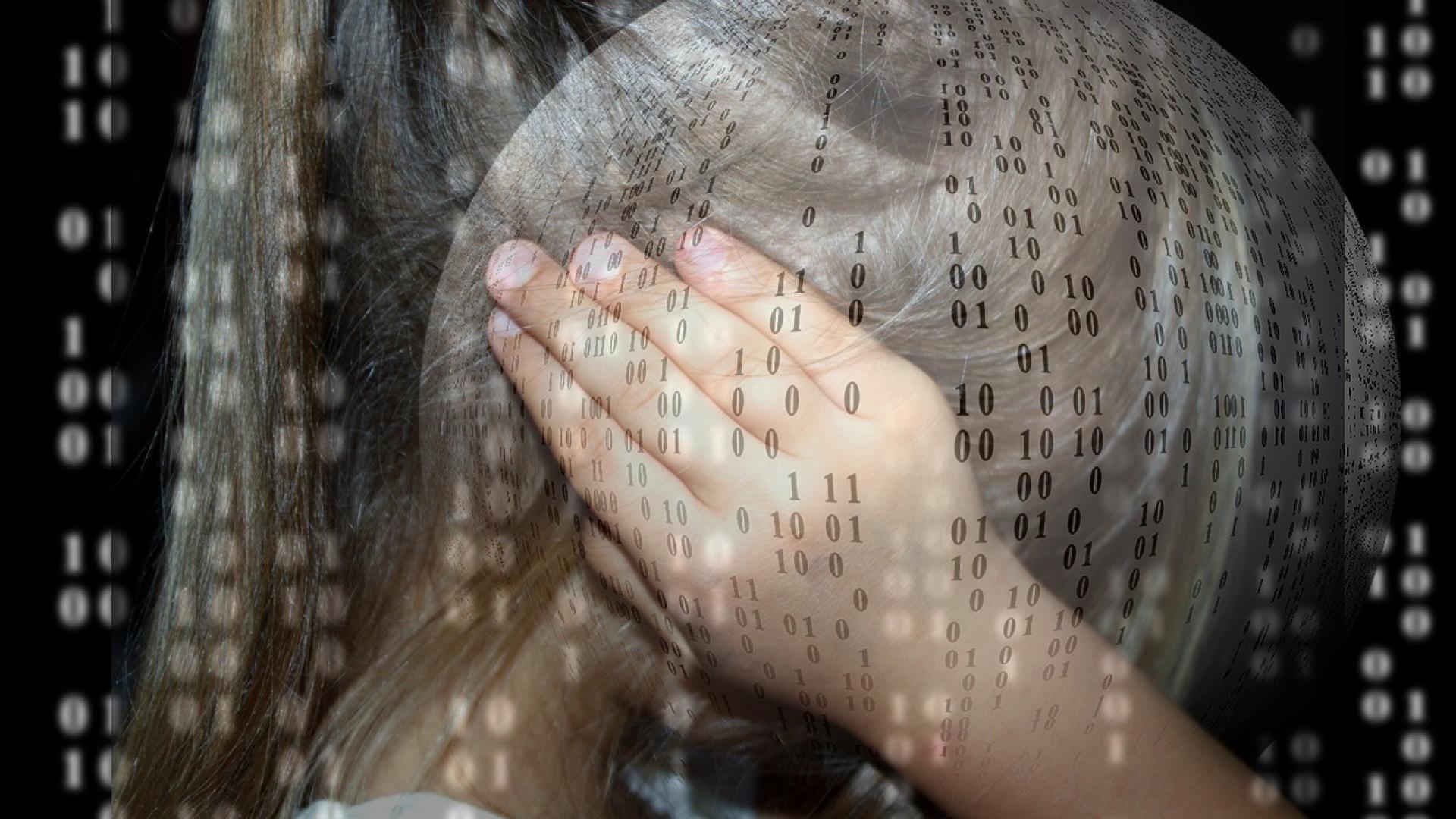
Our groundbreaking CSE Automate project is one of the ways in which we are working to implement the Digital Forensic Science Strategy. Cases involving child sexual exploitation (CSE) take up 60% of all Digital Forensic Unit capacity across the country. CSE Automate will help to speed up investigations, allowing us to safeguard children more quickly. The project will also free up capacity in DFUs so that forensic teams can investigate other crime types and areas.
CSE Automate is all about automating the digital forensic process for CSE cases from start to finish. Doing this successfully will not only serve victims better, it will save time and resources and limit officers’ exposure to distressing imagery.
Currently, there are similarities and differences between how forces deal with CSE imagery. For example, many forces use the same equipment but differences in the way they use it mean that one force’s way of working cannot easily transfer to another. So the first stage of the project is to work with forces to agree and validate standard ways of working.
We're working with 22 forces to create a new end-to-end automation process for CSE images, at the same time developing all the supporting elements to make it easy for forces to deploy the new agreed process, including training materials, guidance and Standard Operating Procedures.
We are trialling three different automation technologies with three groups of forces, each one hosted by a single force supported by a wider network:
- Application programme interface/Command line interface (API/CLI) - with Greater Manchester Police (GMP) and their supporting network forces (Norfolk and Suffolk, MPS, West Yorkshire, Northumbria and South Yorkshire) we are trailing API/CLI automation which works with a number of tools that have ‘open interfaces’ which allow the tool to receive and act on commands;
- Robotic Process Automation - with Lancashire Police and their supporting network forces (South West Forensics, Kent and Essex, West Midlands Police, South Wales and Thames Valley Police) we are trailing automation that will replicate the actions that someone using the systems to examine CSE imagery would take, in other words it mimics the actions of a user and ‘strikes' the same keys a user would;
- Orchestration Platform - with Derbyshire Police and their supporting forces (Merseyside, West Mercia, Derbyshire and North Wales), we are trailing a cloud-based orchestration platform process that requires the same ‘open interfaces’ as the API/CLI solution but would manage how those tools work from the cloud.
Once we have the results from trialling these different automation methods we will analyse them and design an optimum workflow for forces to use.
We’re hugely grateful to our host and network forces for their energy, effort and support. Working together we’re finding new ways to protect vulnerable children and colleagues.